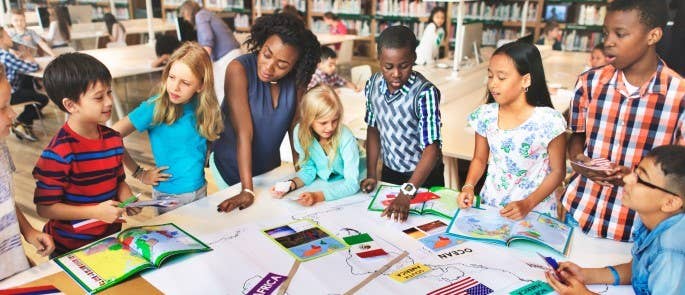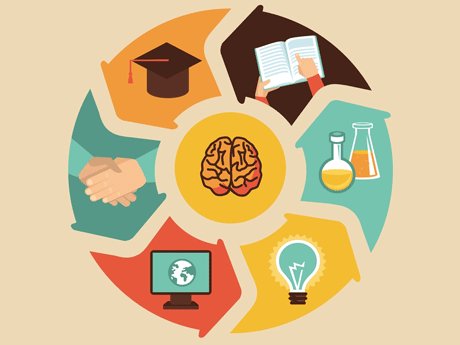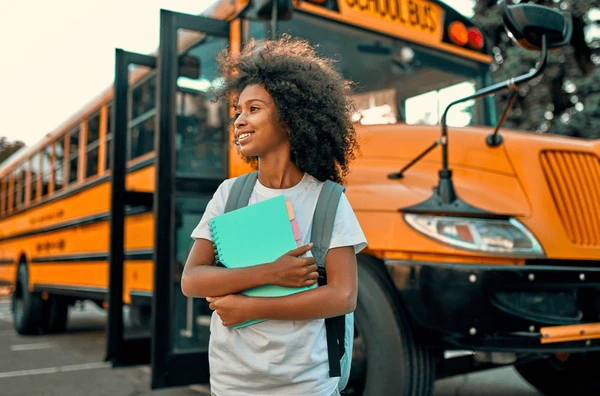In today’s fast-paced, visually-driven world, the ability to interpret and create visual information is more critical than ever. As we navigate through social media, advertisements, and digital content, visual literacy has emerged as an essential skill for students. But what exactly is visual literacy, and why should we prioritize it in education?
Visual literacy refers to the ability to analyze, interpret, and create visual messages. This encompasses everything from understanding charts and graphs to interpreting images and videos. As someone who has witnessed the impact of visual literacy firsthand, I can attest to its importance in helping students navigate the complexities of the modern world.
The Importance of Visual Literacy in Education

- Enhancing Critical Thinking Skills: Visual literacy encourages students to think critically about the information presented to them. When students learn to analyze visual data, they develop the ability to question, evaluate, and draw conclusions based on evidence. This skill is invaluable in a world where misinformation can spread rapidly.
- Improving Communication: In our increasingly digital society, effective communication often relies on visual elements. Whether it’s creating a presentation, designing a poster, or sharing content on social media, students need to convey their ideas visually. Visual literacy equips them with the tools to express themselves clearly and creatively.
- Fostering Creativity: Visual literacy encourages students to explore their creative potential. By engaging with visual media, students learn to think outside the box and develop innovative solutions to problems. This creativity is essential not only in artistic fields but also in science, technology, engineering, and mathematics (STEM).
- Preparing for the Workforce: Many careers today require a strong foundation in visual literacy. From marketing and advertising to graphic design and data analysis, employers seek individuals who can effectively interpret and create visual content. By prioritizing visual literacy in education, we prepare students for success in their future careers.
Strategies to Enhance Visual Literacy Skills
To cultivate visual literacy among students, educators can implement various strategies in the classroom. Here are some effective methods:
- Integrate Visual Media into Lessons: Incorporate images, videos, infographics, and other visual elements into lessons to engage students and enhance their understanding of the material. For example, using visual aids in a history lesson can help students better grasp complex events and concepts.
- Encourage Visual Storytelling: Allow students to express their ideas through visual storytelling. This could involve creating comics, storyboards, or multimedia presentations. By combining visuals with narratives, students can develop a deeper understanding of the subject matter.
- Teach Analysis of Visual Content: Provide students with opportunities to analyze visual media critically. This could involve examining advertisements, political cartoons, or social media posts. Encourage discussions about the messages conveyed, the techniques used, and the intended audience.
- Utilize Technology: Leverage technology to enhance visual literacy skills. Tools like graphic design software, video editing apps, and presentation platforms enable students to create and manipulate visual content. Familiarizing students with these tools prepares them for a tech-savvy world.
- Promote Collaboration: Encourage collaborative projects that involve visual elements. Group work fosters teamwork and allows students to learn from one another. For instance, students could work together to create a visual campaign for a social issue they care about.
Real-World Applications of Visual Literacy
Understanding visual literacy goes beyond the classroom. Here are some real-world applications that highlight its significance:
- Media Literacy: As consumers of media, students must be able to critically evaluate the visual content they encounter. Visual literacy empowers them to discern credible sources from unreliable ones, helping them navigate the complexities of news and social media.
- Data Interpretation: In an age of big data, the ability to interpret visual representations of data, such as charts and graphs, is essential. Students equipped with visual literacy skills can analyze trends, make informed decisions, and present their findings effectively.
- Cultural Understanding: Visual literacy also plays a role in fostering cultural understanding. By analyzing visual art, film, and photography from diverse cultures, students can gain insights into different perspectives and experiences, promoting empathy and global awareness.
Challenges in Promoting Visual Literacy
While the benefits of visual literacy are clear, there are challenges to implementing it effectively in education:
- Limited Resources: Some schools may lack the resources or technology needed to teach visual literacy effectively. Educators must find creative ways to incorporate visual elements into their lessons, even with limited resources.
- Curriculum Constraints: Standardized curricula can sometimes prioritize traditional literacy skills over visual literacy. Educators need to advocate for the inclusion of visual literacy in the curriculum and demonstrate its relevance to students’ lives.
- Teacher Training: Not all educators may feel confident in teaching visual literacy. Professional development opportunities focused on visual literacy can equip teachers with the knowledge and skills needed to integrate it into their classrooms.
Conclusion: Embracing Visual Literacy for the Future
As we move further into the digital age, the importance of visual literacy cannot be overstated. It equips students with the skills they need to navigate a visually rich world, fostering critical thinking, creativity, and effective communication.
By prioritizing visual literacy in education, we prepare students for success in their personal and professional lives. Let’s embrace the power of visuals and ensure that our students are not only consumers of visual information but also skilled creators and critical thinkers. Together, we can cultivate a generation that is visually literate and ready to thrive in an increasingly complex world.
Read Also About The classroom is more than just a physical space; it’s where the magic of learning happens. It’s a place where students not only absorb knowledge but also develop essential social and emotional skills.


